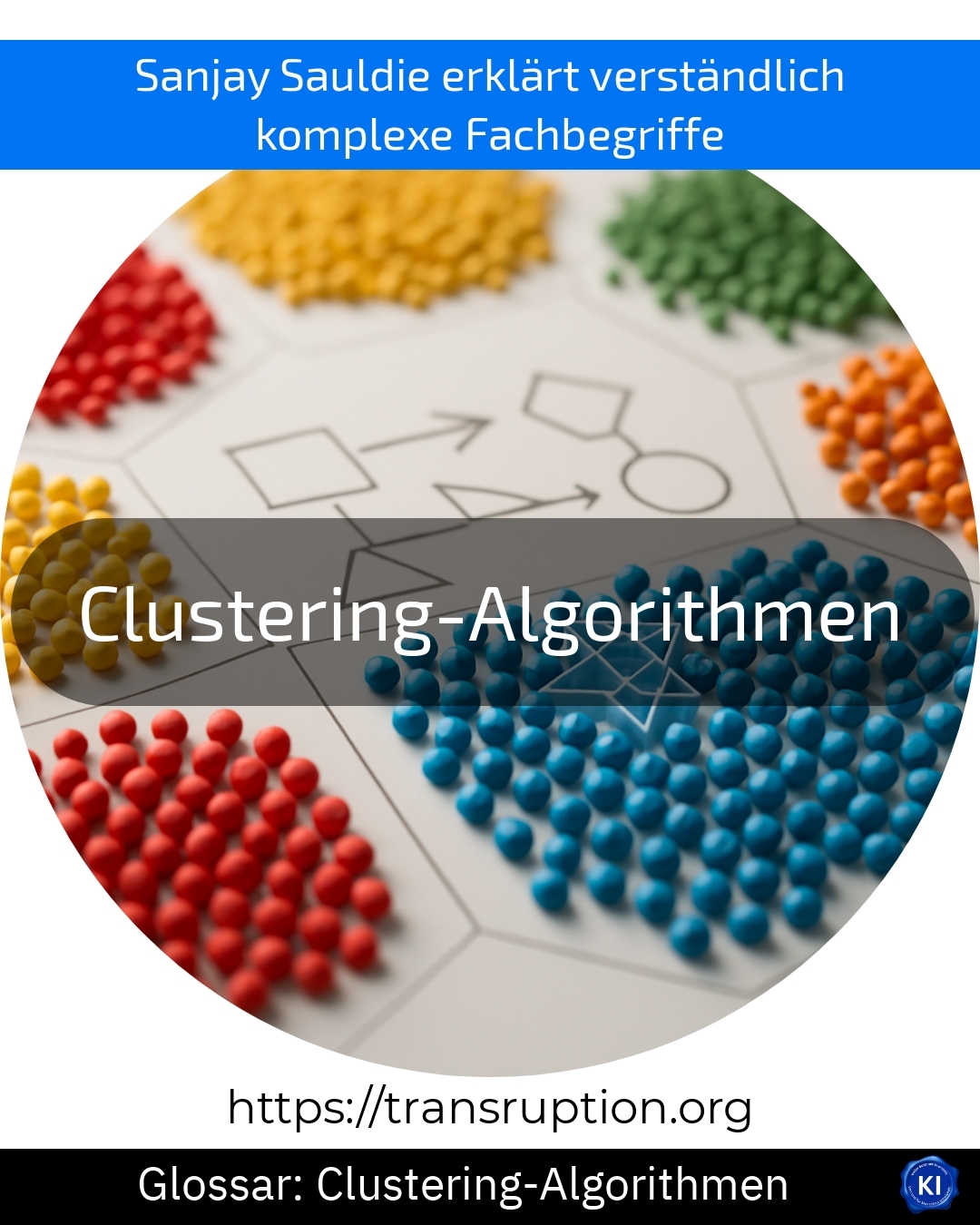Clustering algorithms are primarily used in the fields of artificial intelligence, big data, smart data and automation. They help to organise large amounts of data in a meaningful way and to recognise patterns without having to specify in advance what the groups should look like.
You can think of clustering algorithms as sorters that create meaningful groups from a pile of unstructured data. For example, an online shop uses clustering algorithms to sort similar customers according to their purchasing behaviour. For example, the algorithm recognises that there is a group that is particularly interested in sporting goods, while another group tends to buy technology products. These groups can then be targeted with suitable offers.
Clustering algorithms are particularly useful when companies do not have a fixed plan for how they want to divide up their data, but still want to find meaningful commonalities. This saves them time and gives them new insights into their data. This technology is an important building block for automation and data-driven decision-making in modern companies.















